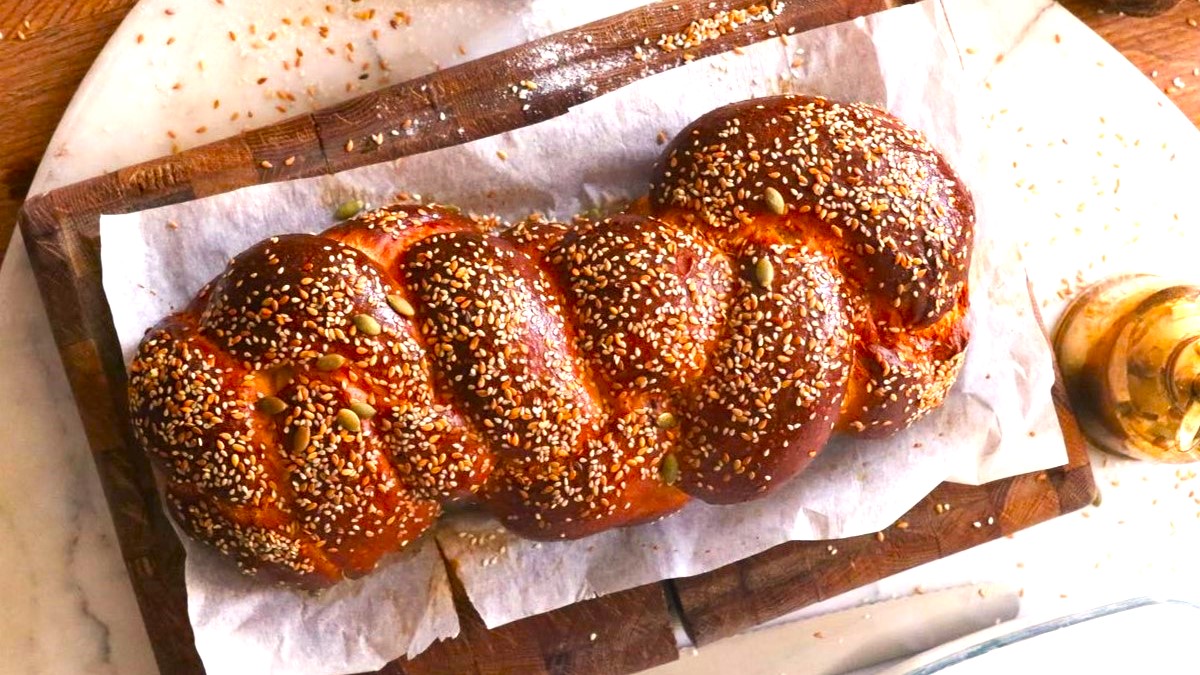I first discovered emmer wheat a few months ago while searching for healthy dietary options. The husband and I had decided we needed to make a serious effort to overhaul our lifestyle. We usually try to eat healthy and get in a workout a couple of times a week, but our efforts have been inconsistent in the past. You get the drift; bursts of healthy eating and regular exercise peppered with bouts of indulgence. Weekend evenings are the worst, when cravings for pizza overtake the most sensible attempts at eating healthy! With the recent pandemic and subsequent lockdown upending our lives though , we had the time to rethink some of our lifestyle choices. A diet overhaul that was also sustainable was key on the agenda.
A carb-y situation
Eating carbs always comes up for discussion when you’re trying to rejig your diet. We found that different diets, from Keto to Paleo, treat carbs in very different ways. In our case, we were particularly concerned with keeping diabetes at bay, since we both have a family history of diabetes. Having recently seen the impact diabetes can have on COVID patients, it was yet another wake-up call to get our diet right.
The first thing we learned was that carbs have to be eaten in moderation. And some carbs have to be drastically reduced (goodbye white rice!) and replaced with healthier options. For us, this meant replacing our maida, sooji, poha, white rice with choices like jawar, bajra, millets like foxtail and barnyard, and emmer wheat. (In another surprising discovery, ragi may be a wonder food, but it is not great for diabetics. This was a discovery both shocking and new to me, but more about that later.)
What exactly is emmer wheat?
So what is emmer wheat anyway? A daily staple of the ancient Egyptians, emmer is a member of the wheat family. It is a type of hulled wheat with strong glumes or husks that enclose the grains. Known as emmer wheat in Europe, where it is still cultivated in some parts, this super grain is also popularly known by its Italian name ‘farro’.
Farro is actually the Italian word for three varieties of ancient grains: farro piccolo (einkorn wheat), farro grande (spelt wheat), and farro medio (emmer wheat). In India, emmer wheat is grown in parts of south Maharashtra, coastal Gujarat, Karnataka, Tamil Nadu, and Andhra Pradesh. It is known as khapli (crusty) wheat in Maharashtra. Other names it goes by are ravva in Andhra Pradesh, samba in Karnataka, godhumalu in Tamil Nadu and popathia in Gujarat. Rich in fibre, protein, iron, antioxidants, magnesium, and other vitamins, emmer is an excellent addition to a vegetarian diet. This is because it is a complete protein source when combined with legumes. It’s also great for anyone looking for a plant-based high protein food source.
The many health benefits of khapli atta
Emmer wheat or khapli atta is highly recommended for diabetics because it has a low glycemic index. This allows for the slow release of sugar in the body. A study conducted on the effects of adding khapli atta to the diet of diabetic patients resulted in an 11% reduction each in total lipids, triglycerides, and LDL cholesterol concentration over a 6-week study period. The data also showed that there was a marginal reduction in fasting blood glucose levels. This makes it an excellent dietary choice for diabetics, people with cardiovascular health concerns, or even just anyone looking for healthier food choices.
The significant dietary fibre content in this wheat makes it a good addition to your diet if you’re looking at weight management as well. The fibre swells in your stomach, making you feel full more quickly and helping you to eat less. Emmer wheat is rich in iron and magnesium, making it an excellent food source for pregnant women or even in the post-pregnancy stage.
While this wheat has a low gluten content, those with gluten intolerance should stick to first trying it in minimal amounts to see if it agrees with them. It is not recommended for people with celiac disease, for example.
Easy ways to include emmer wheat in your diet
One of the easiest ways to include emmer wheat in your diet is to just swap your regular whole wheat rotis, paranthas, and phulkas with khapli atta ones. Khapli atta rotis have a wonderful nutty taste and look slightly darker compared to the regular whole wheat rotis. There isn’t a significant difference in taste though. So if you love your phulkas or paranthas like I do, you needn’t worry about having to give them up! You can use emmer flour for baking as well. Swap your bread flour with it for making bread, cakes, muffins, and even pasta. Other ways to include this super grain are to use the whole grains in salads, soups, upma, porridge, or as a substitute to rice in rice-based dishes.
If you’d like to try out some recipes with khapli atta, take a look here. Khapli atta is quite easily available in Mumbai where I live and is available online as well. I’ve been using organic khapli atta by the brand Satvyk. There are several other brands available too such as Ancient Wisdom, Dhatu, and Two Brothers.
Are there are any emmer wheat recipes that you’ve tried and really like? Do let us know and we’d be happy to feature them here!
